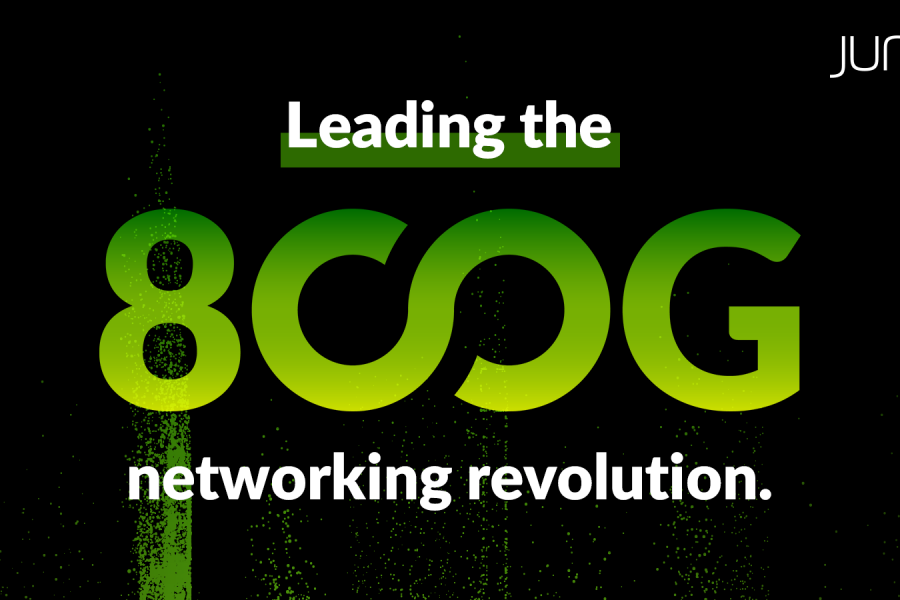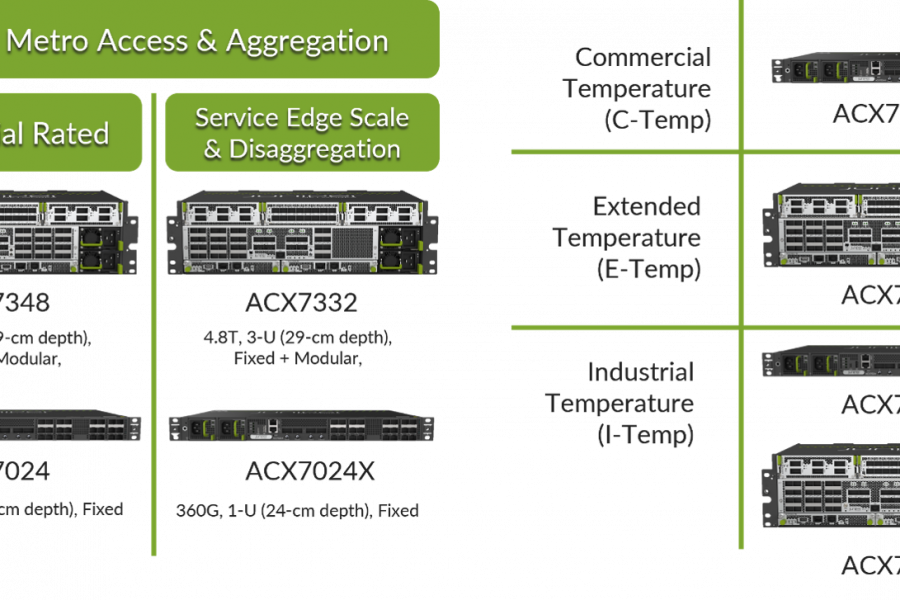This is part five of a five-part series discussing how Juniper Networks is helping communication service providers (CSPs) partner, collaborate and succeed within the public cloud paradigm. See part 4 here.
Operated independently or as extensions to one another, hybrid clouds combine on-premises private clouds with licensed compute and storage managed by public cloud providers. But the term ‘public cloud’ is a misnomer. These aren’t free or subsidized services like public parking or a community park. The hyperscalers that deliver these premium services are some of the world’s largest, most profitable companies. It’s one of the reasons why CSPs approach the development of hybrid clouds with an equal amount of enthusiasm and caution.
As discussed in part 4 of this series, hybrid clouds are an important part of the CSP’s service delivery ecosystem. When done right, they deliver optimized workload performance and improved cost management without loss of control. By sharing workloads across private and public clouds, hybrid clouds balance time to market (TTM), service quality, performance, costs, and profitability.
But how are hybrid clouds deployed, and what are the best practices to ensure success for CSPs? In this final blog in the series, Juniper has taken the collective learnings from both our cloud provider and CSP customers who have traveled this journey to identify the top 5 recommendations for building hybrid clouds.
#1: One at a Time
The hybrid cloud journey needs to start at home, in the private cloud. Hands-on cloud knowledge and DevOps experience are essential, but they provide more meaningful insight when engaging with hyperscalers. For our CSP customers, this box gets a green check mark.
When launching into the hybrid cloud, engage one hyperscaler partner at a time. Multicloud is an important component of hybrid cloud, but it’s complex. Learning each cloud providers’ unique tools and processes can be overwhelming. It’s a myth that public cloud is easy. Onboarding partners one at a time reduces the number of variables when integrating environments. Clearly defined points of interconnect, established procedures and standard APIs make onboarding more predictable and less complex.
#2: Enter the Cloud Dojo
Macroeconomic conditions and the increasing cost of capital have slowed large capital budgeting projects like building data centers and infrastructure expansion. With the 5G buildout mid-deployment, it’s the perfect storm, incentivizing CSPs and hyperscalers to join forces through hybrid cloud partnerships to ride it out.
While some are strategic and others born of necessity, these relationships offer CSPs on-the-job training to upskill staff. With a 10-year head start, hyperscalers are the masters of their cloud craft. Engage as a student and train with the best to develop the expertise to scale private data centers and edge clouds. As Bruce Lee once said, “To hell with circumstances, I create opportunities.”
#3: Own the Control Plane
At his 2021 re:Invent keynote , Amazon Web Services (AWS) CEO, Adam Selipsky, spoke about the vast opportunities for cloud growth, stating, “There’s no industry that hasn’t been touched, and no business that can’t be radically disrupted.” Let that sink in.
Disruption is the path to innovation, but progress is viewed differently between those disrupting and those being disrupted. Taking control of their own disruption journey, CSPs adopted cloud technologies using disaggregation, CUPS and microservices to modernize service delivery, increase offered value and enhance the customer experience.
But the flexibility of these technologies comes with a note of caution. As network functions can be separated and disaggregated throughout the hybrid cloud, it’s recommended to keep the control plane functions under CSP control. Control plane functions are the brains of the outfit, implementing service definitions and interfacing with authentication services, user data, billing records, security policies and more. This is critical information to manage customer relationships and measure SLA conformance. Control planes can be hosted on public cloud IaaS/PaaS, but applications and data should remain in the CSP domain.
#4: Not All Workloads Belong in the Public Cloud
All workloads are equal, but some workloads are more equal than others. Yes, very Orwellian, but not all applications and services belong in the public cloud. Hyperscalers rely on general purpose compute and economies of scale to profitably shift and scale customer workloads. Purpose-built, performance-optimized hardware creates islands of compute that are less profitable and difficult to amortize.
Telco workloads are anything but standard. IMS, 4G LTE, VRAN/ORAN, 5G standalone (SA) and 5G non-standalone (NSA) are built from clusters of geographically distributed cloud workloads. They deliver critical communications services with strict latency boundaries and regulated SLA conformance. Many telco workloads benefit from specialized compute and GPU processing which are not standard public cloud offerings. It’s recommended to work with application vendors and network engineering to understand performance tolerances before selecting a host site.
#5: Fair and Equitable
When offering cloud services, the maximum customers will pay is what the market will bear. If the cost of goods sold (COGS) are flat, hyperscalers and CSPs must meet their own financial goals drawing from a fixed profit pool. For example, assume a network service yields a profit pool of $100. If the hyperscaler banks $80, the CSP must meet their margin targets with the remaining $20. If that’s insufficient, the CSP loses, literally and figuratively.
Hybrid clouds must be equitable partnerships; each partner must draw value from the relationship that is commensurate to their contribution. If unable to reach financial goals, the deal needs to be renegotiated or abandoned. Vast edge real estate and strong customer relationships are just a couple of the CSP’s valuable assets that shouldn’t be discounted.
What’s Your journey?
Hybrid cloud is not a technology decision. Hybrid cloud is a go-to-market strategy built upon partnerships to maintain, extend and deepen customer relationships. Like any partnership, success requires trust, safe-guarded by meaningful and mutually beneficial contract terms, to ensure that each partner draws more from the relationship than they otherwise would have achieved on their own. Of course, technology plays an important role in the successful execution of a hybrid cloud, but again, this is as heavily influenced by partnerships as it is by the technology itself.
If embarking on your own hybrid cloud journey, Juniper has the experience, products, solutions and relationships to help you navigate the path. While known as a technology leader, it’s Juniper’s partnerships across enterprises, cloud providers and service providers that give us a unique perspective on this ecosystem. Taking a consultative role, we regularly bring all parties to the same table to listen, share and understand each other’s needs and wants to define a collaborative future. As part of our own journey, these engagements influence our own solution roadmaps to help our customers solve problems and simplify, economize and scale private, public and hybrid cloud networks.
To learn more about how Juniper’s data center and telco cloud solutions are transforming the largest CSPs in the world, visit our solutions page, read the full solutions brief, the TCO whitepaper or visit our demo page.


